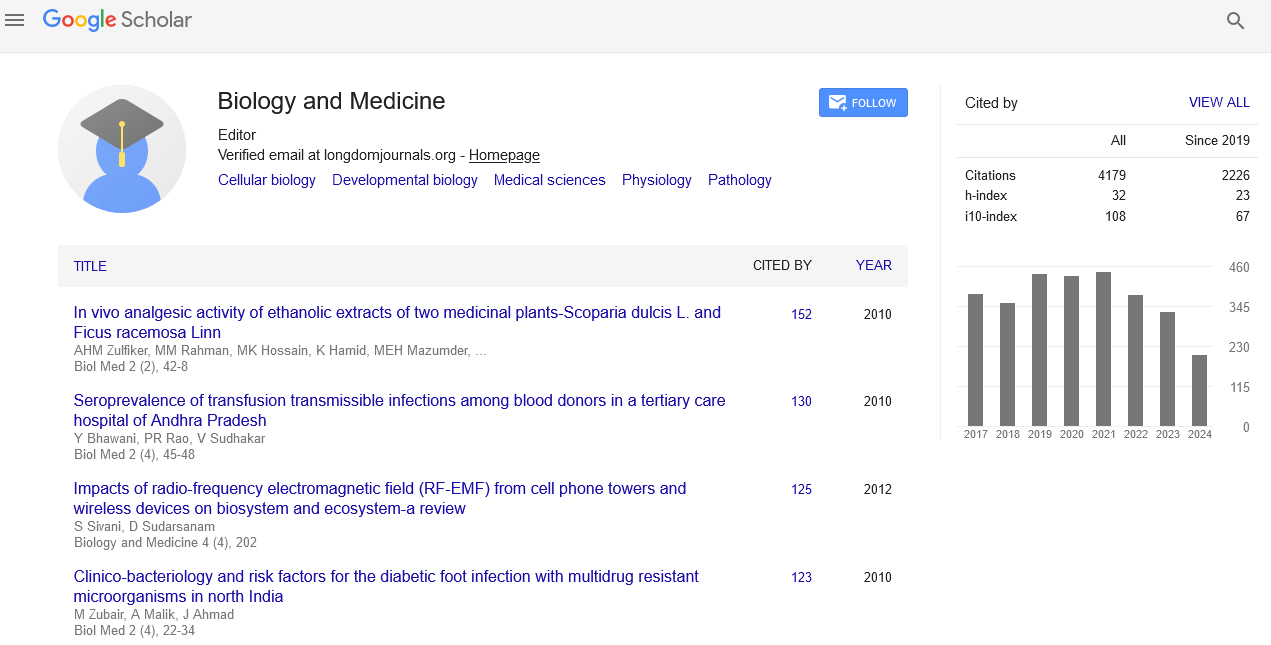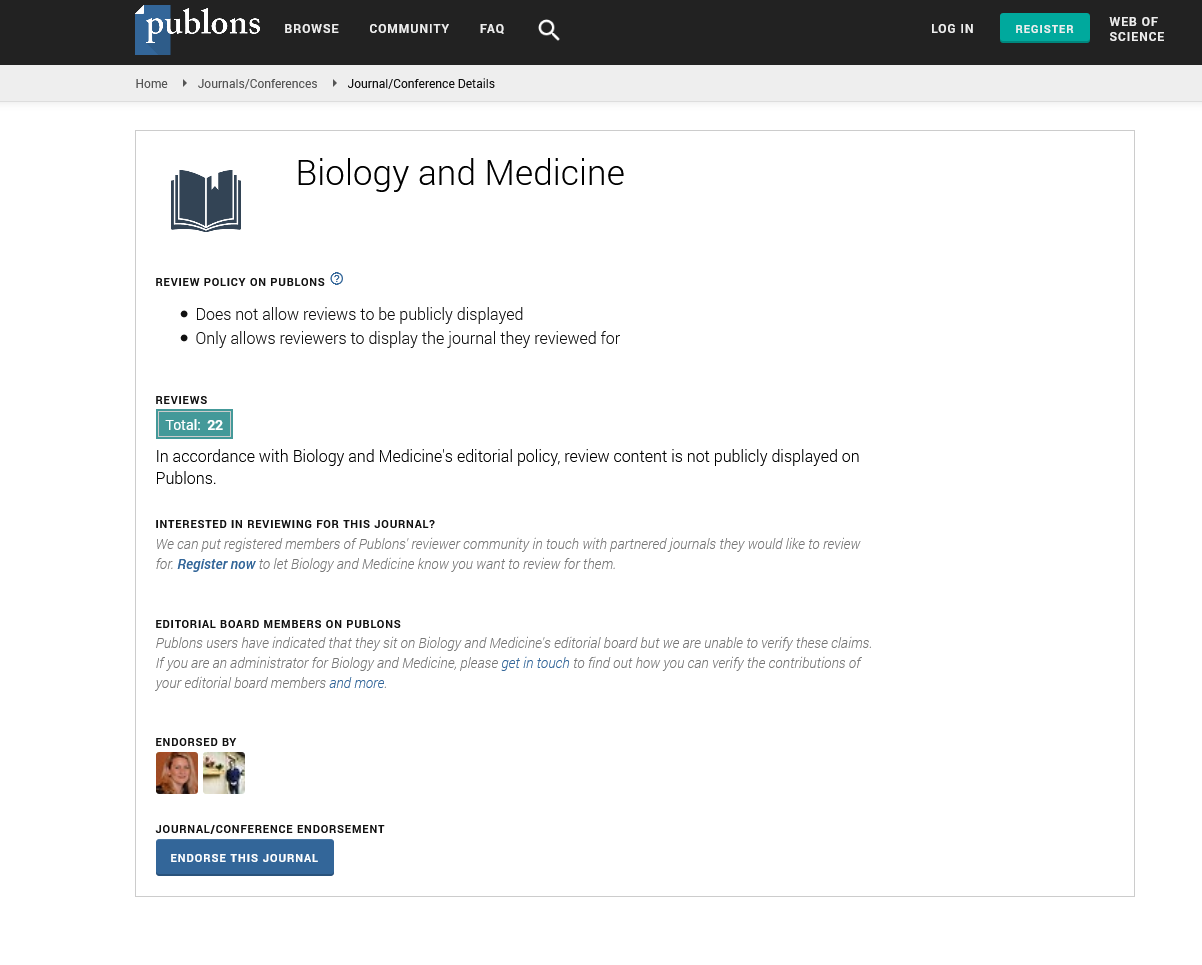Indexed In
- Open J Gate
- Genamics JournalSeek
- CiteFactor
- Cosmos IF
- Scimago
- Ulrich's Periodicals Directory
- Electronic Journals Library
- RefSeek
- Hamdard University
- EBSCO A-Z
- Directory of Abstract Indexing for Journals
- OCLC- WorldCat
- Proquest Summons
- Scholarsteer
- ROAD
- Virtual Library of Biology (vifabio)
- Publons
- Geneva Foundation for Medical Education and Research
- Google Scholar
Useful Links
Share This Page
Journal Flyer

Open Access Journals
- Agri and Aquaculture
- Biochemistry
- Bioinformatics & Systems Biology
- Business & Management
- Chemistry
- Clinical Sciences
- Engineering
- Food & Nutrition
- General Science
- Genetics & Molecular Biology
- Immunology & Microbiology
- Medical Sciences
- Neuroscience & Psychology
- Nursing & Health Care
- Pharmaceutical Sciences
Abstract
Effect of Single and Two Step Application of Antioxidant Incorporated Bleaching Agents on Bond Strength of Resin Composite and Surface Changes in Enamel
Megha Nair, Ravi Nesamani, Kavitha Sanjeev, Mahalaxmi Sekar and Senthil Renganathan
Objective: The aim of this in vitro study was to incorporate two antioxidants namely sweet potato and grape seed extracts with 30% hydrogen peroxide and to evaluate its effect on the enamel surface and the bond strength of resin composite to enamel. Materials and Methods: Labial enamel surfaces of 90 extracted human maxillary central incisors were randomly divided into 6 groups of 15 each based on different bleaching protocols. Groups I and II were allotted to negative (no bleaching) and positive (bleaching with 30% hydrogen peroxide only) controls. The rest were the experimental groups; bleaching with 30% hydrogen peroxide incorporated with 2% sweet potato and 5% grape seed extracts (Groups III and IV respectively) and bleaching followed by application of sweet potato and grape seed extracts (Groups V and VI respectively). Following bleaching procedure, 5 specimens were evaluated for surface changes under SEM and the remaining 10 specimens were immediately restored with resin composite and were subjected to shear bond strength evaluation under universal testing machine. Results: Significantly higher shear bond strength values were observed in teeth treated with the experimental bleaching solution containing 2% sweet potato extract (Group III) as compared to the other groups. Comparatively lesser morphological changes in enamel were also observed under SEM for Group III. 5% grape seed extract showed better results when used as a separate step rather than when incorporated in the bleaching agent. Conclusion: Addition of 2% sweet potato extract in bleaching agent reduces deleterious effects on enamel, enhances bonding of resin composites to bleached enamel significantly and does not require additional clinical steps.


